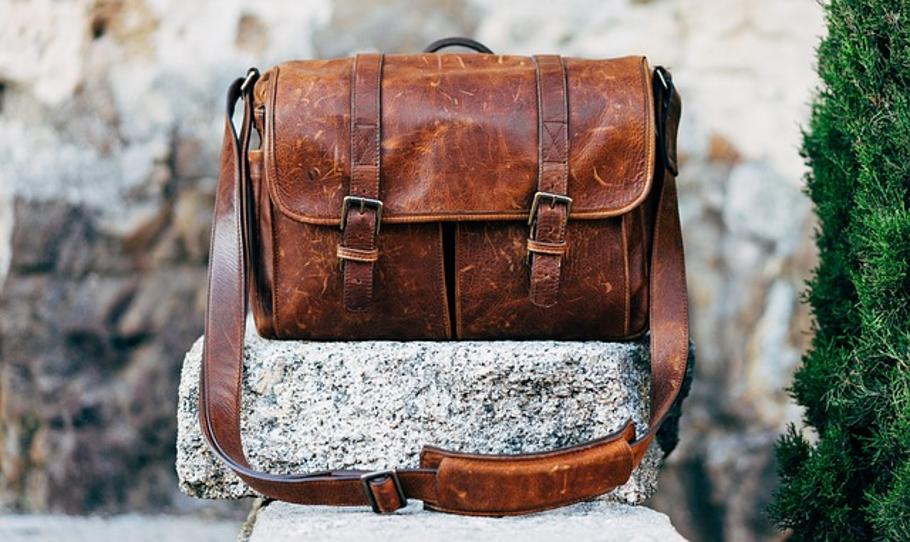How to Wash a Sleeping Bag: A Step-by-Step Guide
Introduction
Your sleeping bag is more than just a piece of camping gear—it’s your sanctuary in the wild. However, over time, it picks up dirt, sweat, and oils from your body, which can compromise its insulating properties and comfort. Knowing how to properly wash a sleeping bag is essential to maintaining its performance and extending its lifespan. This comprehensive guide will walk you through every step of the cleaning process, from preparation to washing to drying and post-wash maintenance. Let’s get started!

Preparing Your Sleeping Bag for Washing
Before diving into the washing process, preparation is crucial to ensure that your sleeping bag comes out clean and undamaged. This stage involves inspecting your sleeping bag for any wear and tear, choosing the right cleaning supplies, and understanding the care instructions specific to your sleeping bag’s material.
- Inspect for Damage:
- Check your sleeping bag for rips, holes, or weak seams. Repair any damage before washing to prevent further deterioration.
- Read the Care Label:
- The care label provides specific instructions for washing and drying your sleeping bag. Adhere strictly to these guidelines.
- Gather Supplies:
- Choose a gentle, non-detergent soap specifically designed for technical fabrics. Avoid using standard laundry detergents as they can strip away the natural oils from down or synthetic fibers.
- Pre-Treatment:
- Use a soft brush or sponge and a mild soap solution to scrub out visible spots and stains gently.
With these preparatory steps completed, your sleeping bag is ready to be cleaned, either by hand or in a machine. Let’s explore each method in detail.
Hand Washing Your Sleeping Bag
Hand washing is often considered the safest method for cleaning a sleeping bag, especially for delicate down-filled bags. Although it can be labor-intensive, it minimizes the risk of damage.
- Find a Suitable Location:
- Use a bathtub or a large basin that can fully submerge the sleeping bag.
- Fill the Tub with Lukewarm Water:
- Avoid hot water as it can damage the insulation material.
- Add Gentle Cleaner:
- Pour in the recommended amount of specialized cleaner. Mix it into the water until it’s evenly distributed.
- Submerge and Soak:
- Place the sleeping bag in the soapy water, ensuring it’s fully submerged. Allow it to soak for 30 minutes.
- Gently Agitate:
- Use your hands to gently knead and massage the sleeping bag, paying extra attention to heavily soiled areas.
- Drain and Rinse:
- Drain the dirty water and refill the tub with clean water. Rinse thoroughly until all soap residue is gone. Repeat if necessary.
- Squeeze Out Excess Water:
- Press the sleeping bag gently to remove excess water but avoid wringing it out, which can damage the filling.
Hand washing, despite being time-consuming, ensures that your sleeping bag remains in good condition. However, if you prefer a quicker method, machine washing can also be effective when done correctly.
Machine Washing Your Sleeping Bag
Machine washing can save time but requires careful attention to method and settings to avoid damaging your sleeping bag.
- Choose the Right Machine:
- Use a front-loading washer if possible, as top-loaders with agitators can be too harsh.
- Select the Gentle Cycle:
- Set the machine to a gentle or delicate cycle with cold or lukewarm water.
- Use Specialized Cleaner:
- Add the appropriate amount of gentle cleaner designed for sleeping bags.
- Load the Machine:
- Place your sleeping bag in the washer. For additional protection, consider placing it inside a large mesh laundry bag.
- Rinse Thoroughly:
- It may be necessary to run an extra rinse cycle to ensure all soap is removed. Residual soap can affect the sleeping bag’s performance.
- Spin Dry Carefully:
- Set the washer to a low-spin setting to remove excess water without damaging the fibers.
By following these steps, you can effectively clean your sleeping bag in a washing machine. Next, we’ll discuss how to dry your sleeping bag, a critical stage in the cleaning process.

Drying Your Sleeping Bag
Drying your sleeping bag incorrectly can lead to clumping and reduced insulation performance. Here’s how to do it right:
- Squeeze Out Excess Water:
- After washing, press out as much water as possible without wringing.
- Use a Large Dryer:
- Place the sleeping bag in a large commercial dryer, if available. Domestic dryers can work but should offer enough space for the sleeping bag to tumble freely.
- Low Heat Setting:
- Set the dryer to a low heat setting to prevent damage to the insulation.
- Add Tennis Balls:
- Tossing in a couple of clean tennis balls or dryer balls helps to break up any clumps, ensuring even drying.
- Periodic Fluffing:
- Take out the sleeping bag every 30 minutes to fluff and redistribute the filling. This helps maintain the loft and insulation.
- Air Dry:
- Once the dryer cycle is complete, hang the sleeping bag in a well-ventilated area to air dry completely. This step ensures that any remaining moisture evaporates.
Proper drying is essential to keep your sleeping bag in top condition. Next, let’s discuss post-wash maintenance and storage to ensure your sleeping bag remains clean and functional.

Post-Wash Maintenance and Storage
After drying, a few more steps will help maintain the integrity and performance of your sleeping bag:
- Inspect for Clumps:
- Check for any clumped filling and gently massage to redistribute.
- Store Properly:
- Store your sleeping bag loosely in a large cotton or mesh storage sack to maintain loft. Avoid keeping it compressed in a stuff sack for long periods.
- Regular Maintenance:
- Use a sleeping bag liner to reduce the frequency of washes and prolong the bag’s lifespan. Store in a cool, dry place to prevent mildew.
These steps ensure that your sleeping bag remains in optimal condition between uses. Proper care and storage will extend its life significantly.
Conclusion
Cleaning a sleeping bag correctly is essential for maintaining its performance and durability. By following this step-by-step guide, you can ensure your sleeping bag remains fresh, clean, and ready for your next adventure. Whether you choose to hand wash or machine wash, the proper drying and storage will make a significant difference. Happy camping!
Frequently Asked Questions
Can you machine wash a down sleeping bag?
Yes, you can machine wash a down sleeping bag. However, it is essential to use a front-loading washing machine on a gentle cycle with a specialized cleaner. Avoid top-loading machines with agitators.
How often should I wash my sleeping bag?
It depends on how frequently you use it. For regular campers, washing once a season is usually sufficient. Spot cleaning and using a liner can extend the periods between full washes.
What type of detergent should I use to wash my sleeping bag?
Use a mild, non-detergent soap specifically formulated for technical fabrics or down insulation. Regular laundry detergents can strip away natural oils and compromise the bag’s insulating properties.

